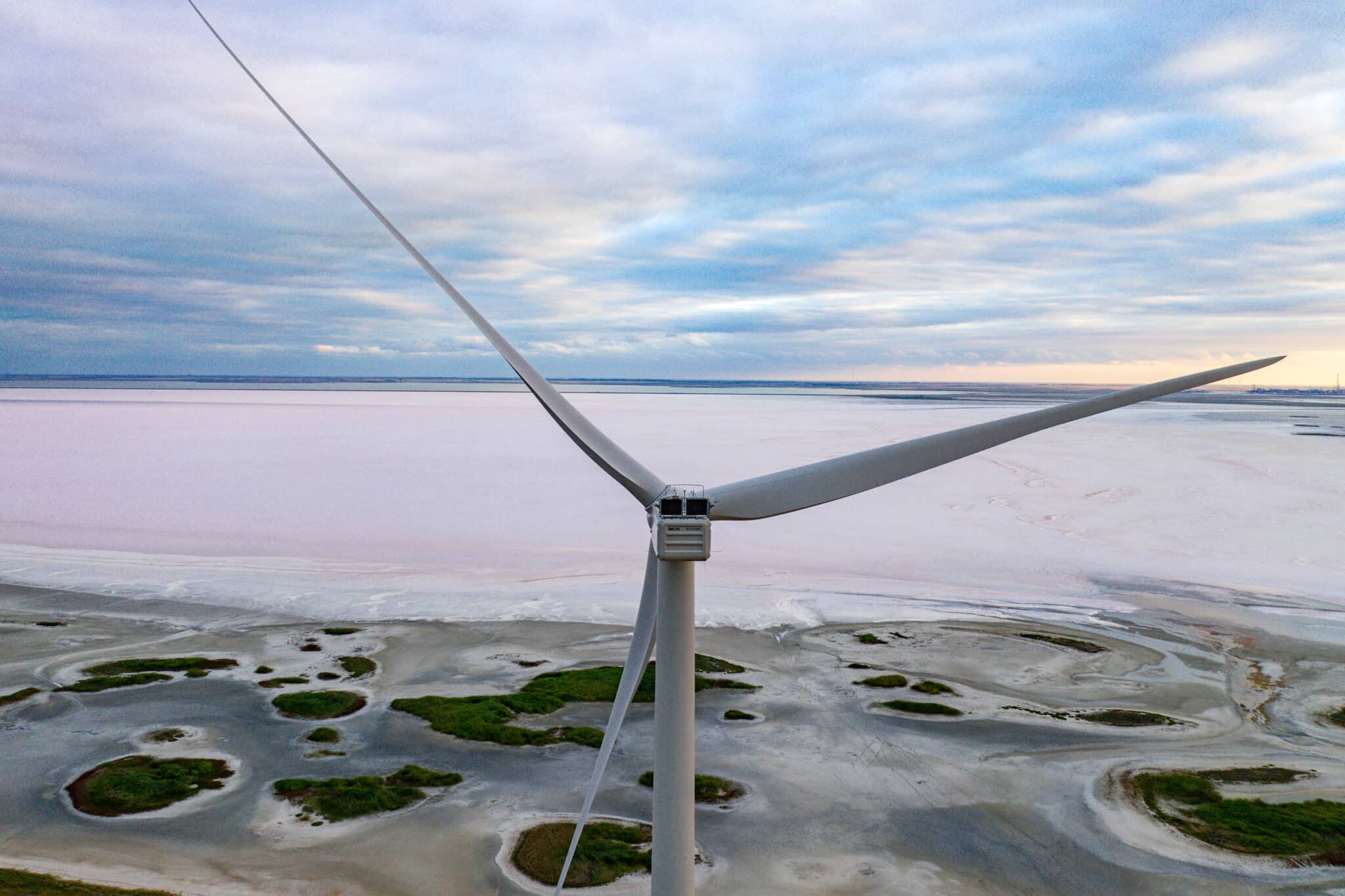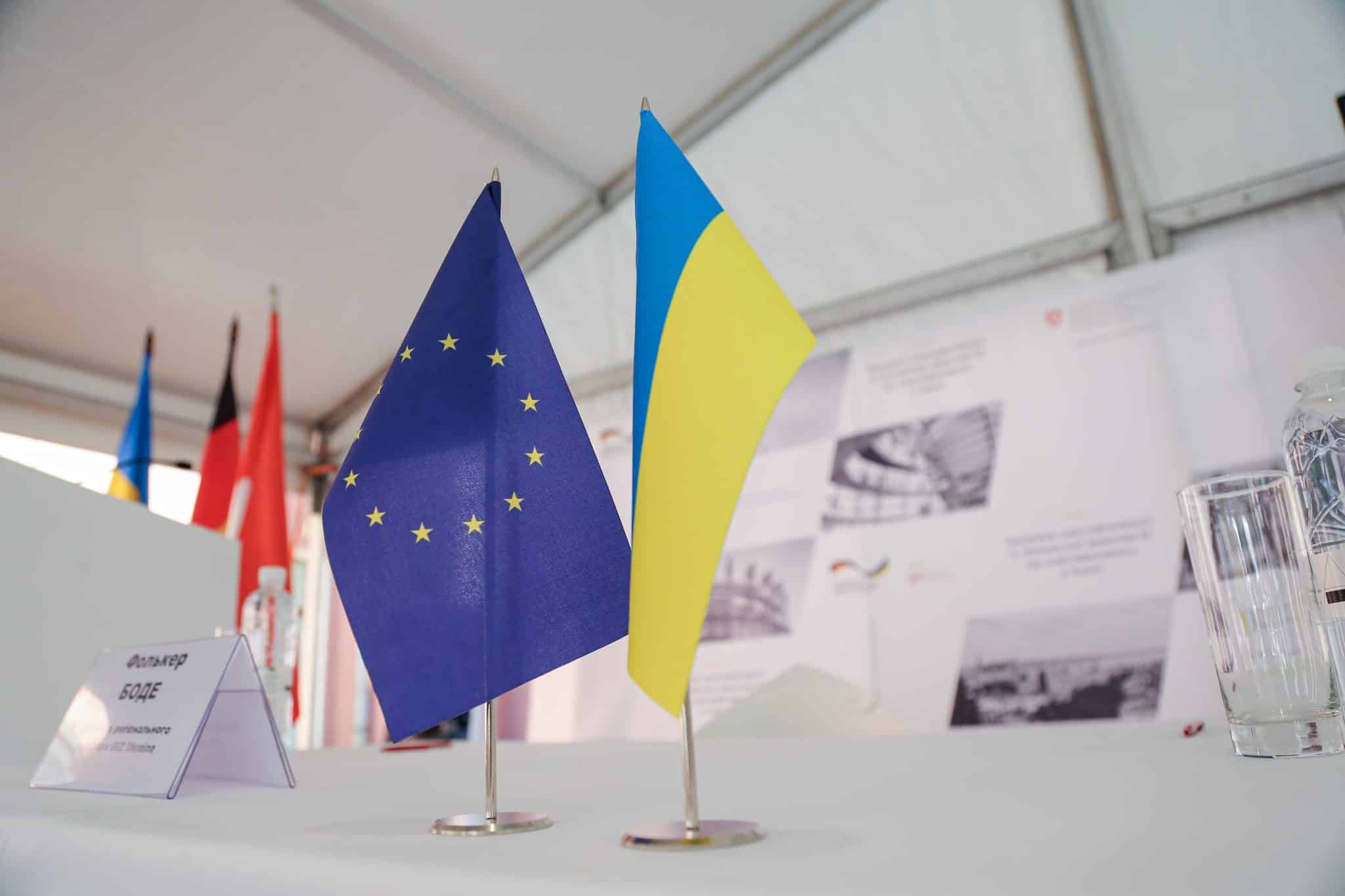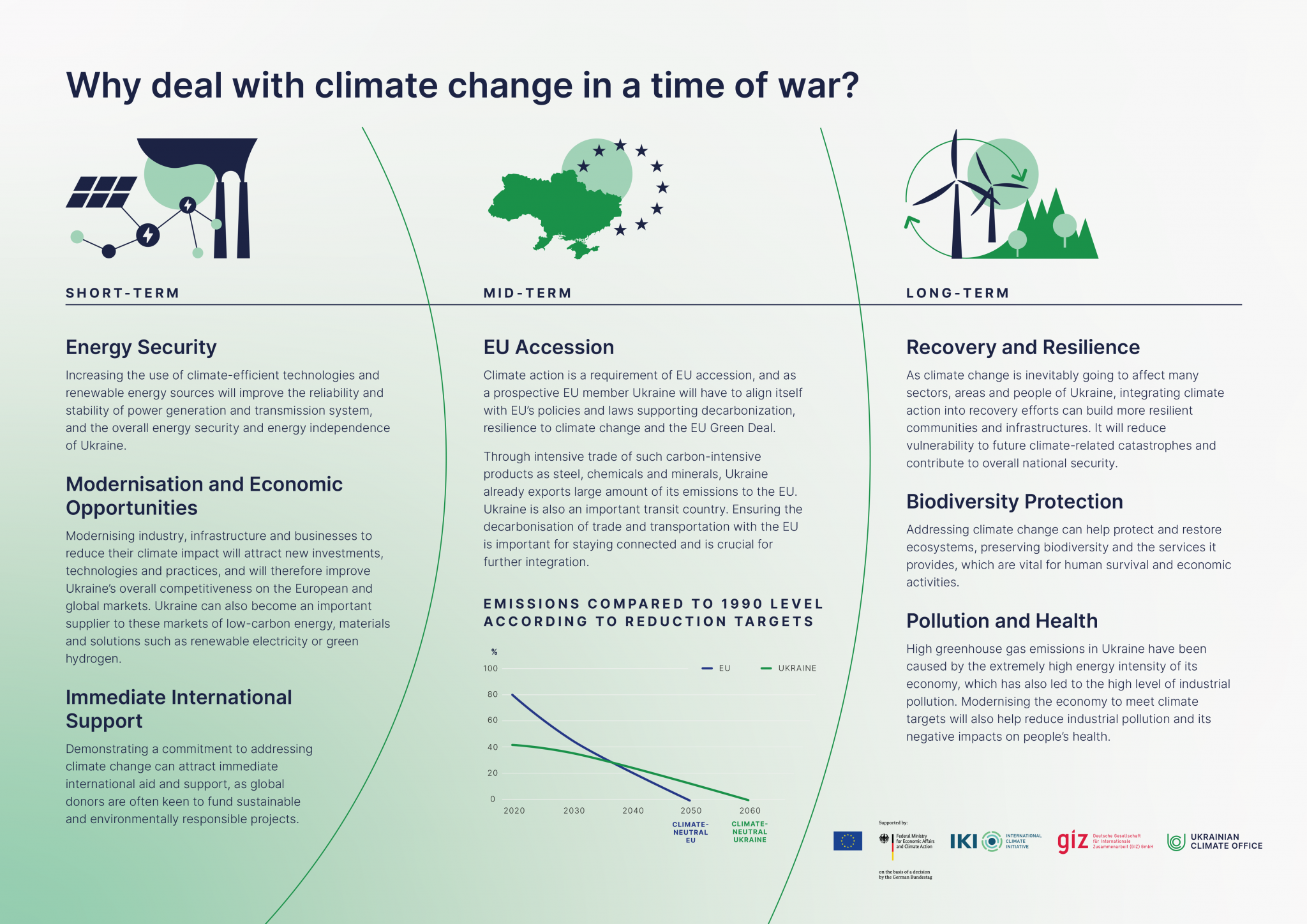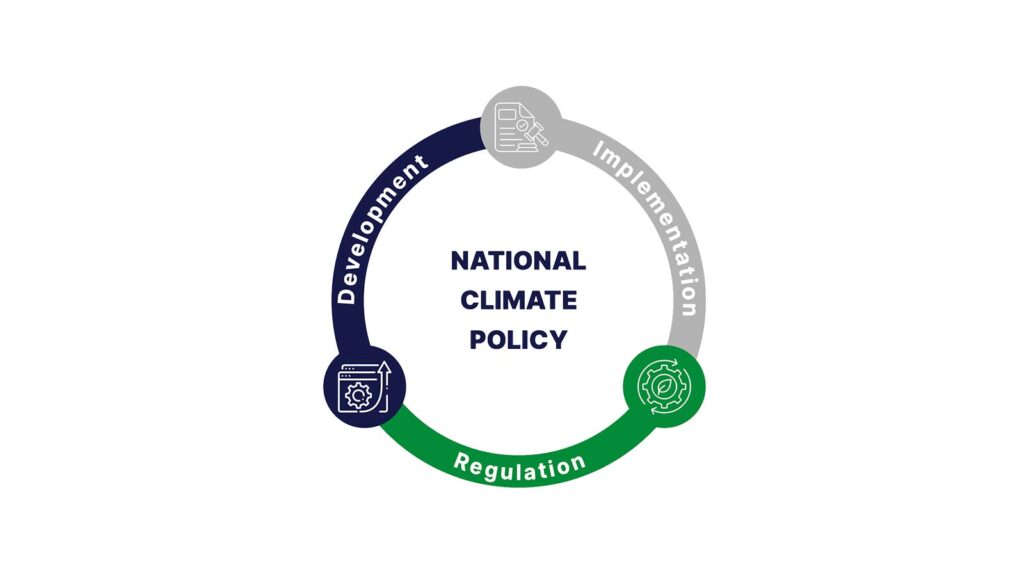Climate Policy in Ukraine

Historical Context
Before 2022, Ukraine’s economy was highly carbon-intensive, with 74% of emissions stemming from such sectors as energy, transport, industrial processes, agriculture, waste, land use and forestry by 2021. Post-Soviet economic decline and Crimea’s annexation led to a reduction in GHG emissions from 942.8 MT-CO2 in 1990 to 327.3 MT-CO2 in 2021. As a UNFCCC Annex 1 party, Ukraine fulfilled reporting and reduction obligations, aided by economic downturns. Despite ratifying the Paris Agreement in 2016 and aiming for a 40% reduction from 1990 levels, emissions increased subsequently.


Current Climate Engagement
Despite the Russian invasion, Ukraine remains active in international climate processes, fulfilling its emissions reporting obligations. War complicates emissions reporting, particularly in occupied territories, with no established methodologies for wartime emissions calculations. The Initiative on GHG Accounting of War highlights significant emissions from military activities and industrial disruptions.
EU Accession and Global Obligations
Ukraine’s climate policy aligns with EU accession requirements, adhering to the acquis Communautaire, including adopting EU climate and energy policies such as the European Green Deal. The EU’s Ukraine Facility Plan (2024-2027) includes €50 billion to support climate-related reforms and investments, ensuring compliance with EU standards and facilitating integration.


Impact of War on Emissions
The war’s broader effects span energy, transportation, and agriculture sectors. Infrastructure disruptions, energy production shifts, and changes in land use alter emissions dynamics. Resources diverted from climate mitigation and adaptation damage renewable energy infrastructure and disrupt natural ecosystems. Forest fires’ loss of carbon storage capacity exacerbates the carbon cycle.
Post-War Recovery
To meet domestic targets, Ukraine must prioritize both mitigation and adaptation in post-war recovery. Recovery presents an opportunity for green energy transition, low-carbon construction, industrial decarbonization, and environmental restoration. Building human capacity for the energy transition is critical, requiring training in low-carbon construction and energy installation. Transitioning from fossil fuels poses challenges, including just transition measures for coal mining communities in conflict-affected regions. Integrating green transition into recovery policies is crucial, reflecting civil society’s calls since May 2022.


Key Goals of Ukraine's Climate Policy
- Decarbonization: Achieving significant carbon emission reductions by 2035.
- Renewable Energy: Increasing renewable energy share in the national energy mix.
- Emission Reduction: Targeting a 40% reduction in GHG emissions from 1990 levels.
- Energy Efficiency: Enhancing energy efficiency across various sectors.
- Climate Adaptation: Implementing measures to adapt to climate change impacts.
- Environmental Restoration: Restoring natural ecosystems and improving carbon storage capacities.
Interactive Infographics
Ukraine’s Climate Policy Goals defined by the Law of Ukraine No. 991-IX, Article 4, 08.10.2024
This infographic presents the core short-term and long-term climate policy goals of Ukraine. It outlines Ukraine’s targets for greenhouse gas emissions reduction, carbon neutrality, energy transition, adaptation, and climate resilience. These goals underscore the country’s commitment to aligning with European and global climate ambitions while building a sustainable and resilient future.

Supporting Mechanisms to Implement the National Climate Policy in Ukraine
This infographic outlines the key mechanisms supporting the implementation of Ukraine’s national climate policy. It highlights financial and economic incentives, EU and international programs and financial institutions. Together, these mechanisms help Ukraine advance its mitigation and adaptation goals.

Key Stakeholders of the National Climate Policy
This infographic highlights the key stakeholders shaping Ukraine’s national climate policy, including government, local authorities, civil society organizations, academia, think tanks and international partners. It outlines their roles, responsibilities, and contributions to advancing climate mitigation and adaptation efforts. Together, these actors form the collaborative framework driving Ukraine’s transition toward a more sustainable, resilient, and low-carbon future.





